
The Cisalpine Republic was a sister republic of France in Northern Italy that existed from 1797 to 1799, with a second version until 1802.

Pietra dura or pietre dure, called parchin kari or parchinkari in the Indian Subcontinent, is a term for the inlay technique of using cut and fitted, highly polished colored stones to create images. It is considered a decorative art. The stonework, after the work is assembled loosely, is glued stone-by-stone to a substrate after having previously been "sliced and cut in different shape sections; and then assembled together so precisely that the contact between each section was practically invisible". Stability was achieved by grooving the undersides of the stones so that they interlocked, rather like a jigsaw puzzle, with everything held tautly in place by an encircling 'frame'. Many different colored stones, particularly marbles, were used, along with semiprecious, and even precious stones. It first appeared in Rome in the 16th century, reaching its full maturity in Florence. Pietra dura items are generally crafted on green, white or black marble base stones. Typically, the resulting panel is completely flat, but some examples where the image is in low relief were made, taking the work more into the area of hardstone carving.
Giovanni Becatti was an Italian Classical art historian and archaeologist.

Guglielmo della Porta was an Italian architect and sculptor of the late Renaissance or Mannerist period.
Adria was a former channel of the Po river delta, passing by the town of Adria, that ceased in the 1st century BC.

Villa Carlotta is a villa and botanical garden in Tremezzo on Lake Como in Northern Italy. Today the villa is a museum, whose collection includes works by sculptors such as Antonio Canova, Bertel Thorvaldsen, and Giovanni Migliara; painters such as Francesco Hayez; and furniture pieces of previous owners. The villa, whose architect is unknown, was completed in 1745.

Giovanni Raboni was an Italian poet, translator and literary critic.
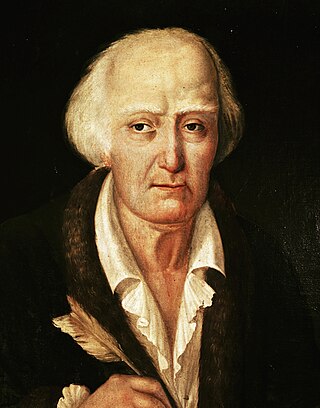
Giacomo Domenico Mario Antonio Pasquale Giuseppe Tritto was an Italian composer, known primarily for his fifty-four operas. He was born in Altamura, and studied in Naples; among his teachers were Nicola Fago, Girolamo Abos, and Pasquale Cafaro. Amongst his pupils were the young Vincenzo Bellini around 1821, plus Ferdinando Orlandi. He died in Naples.
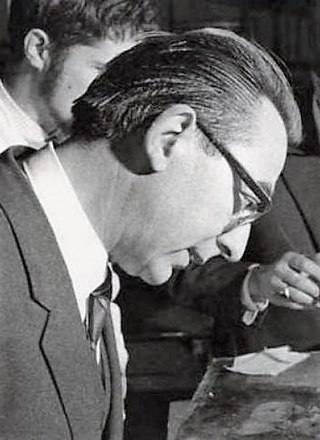
Umberto Baldini was an art historian and specialist in the theory of art restoration.
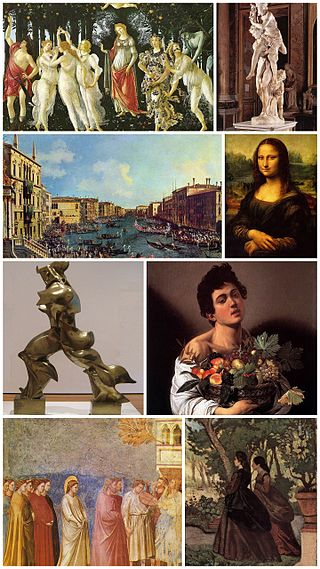
The 1700s refers to a period in Italian history and culture which occurred during the 18th century (1700–1799): the Settecento. The Settecento saw the transition from Late Baroque to Neoclassicism: great artists of this period include Vanvitelli, Canaletto and Canova, as well as the composer Vivaldi and the writer Goldoni.
Giovanni Battista Ciolina was an Italian neo-impressionist and divisionist painter.
Giuseppe Zecchini is an Italian historian.

The Sala delle Asse, is a large room in the Castello Sforzesco in Milan, the location of a painting in tempera on plaster by Leonardo da Vinci, dating from about 1498. Its walls and vaulted ceiling are decorated with "intertwining plants with fruits and monochromes of roots and rocks" and a canopy created by sixteen trees.
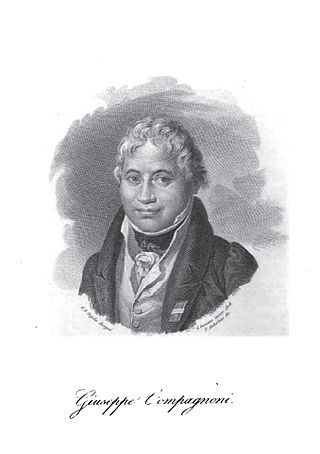
Marco Giuseppe Compagnoni was an Italian constitutionalist, writer and journalist, considered the "father of the Italian flag", since he was the first to propose the official use of the Italian tricolour for the flag of a sovereign Italian state, the Cispadane Republic, on 7 January 1797.
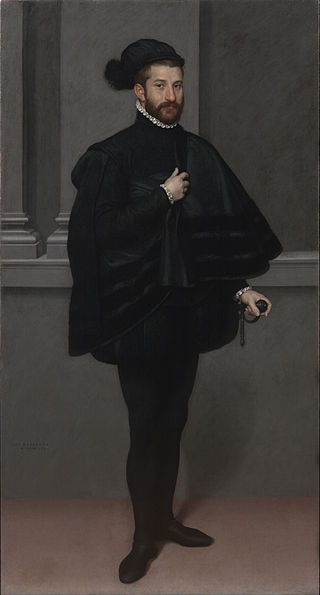
The Knight in Black is an oil on canvas portrait painting of an unknown male subject by Giovanni Battista Moroni, from c. 1567. It is held in the Museo Poldi Pezzoli, in Milan.

Geronimo Gerardi (1595-1648) was a Flemish artist active in Italy. He was born Guilliam Walsgart or Hyeronimus Gerards.

The Arese are a prominent family of the Milanese nobility.
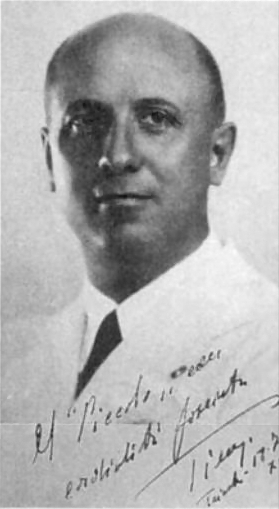
Carlo Tiengo was an Italian Fascist politician and civil servant, Minister of Corporations of the Kingdom of Italy from February to April 1943 and member of the Chamber of Fasces and Corporations. He also served as prefect in several Italian cities, including Trieste, Milan and Turin.
Dario del Bufalo is an Italian mosaic and antiquity expert, architect, author, and restorer.
Sommariva is an Italian surname. Notable people with the surname include:














